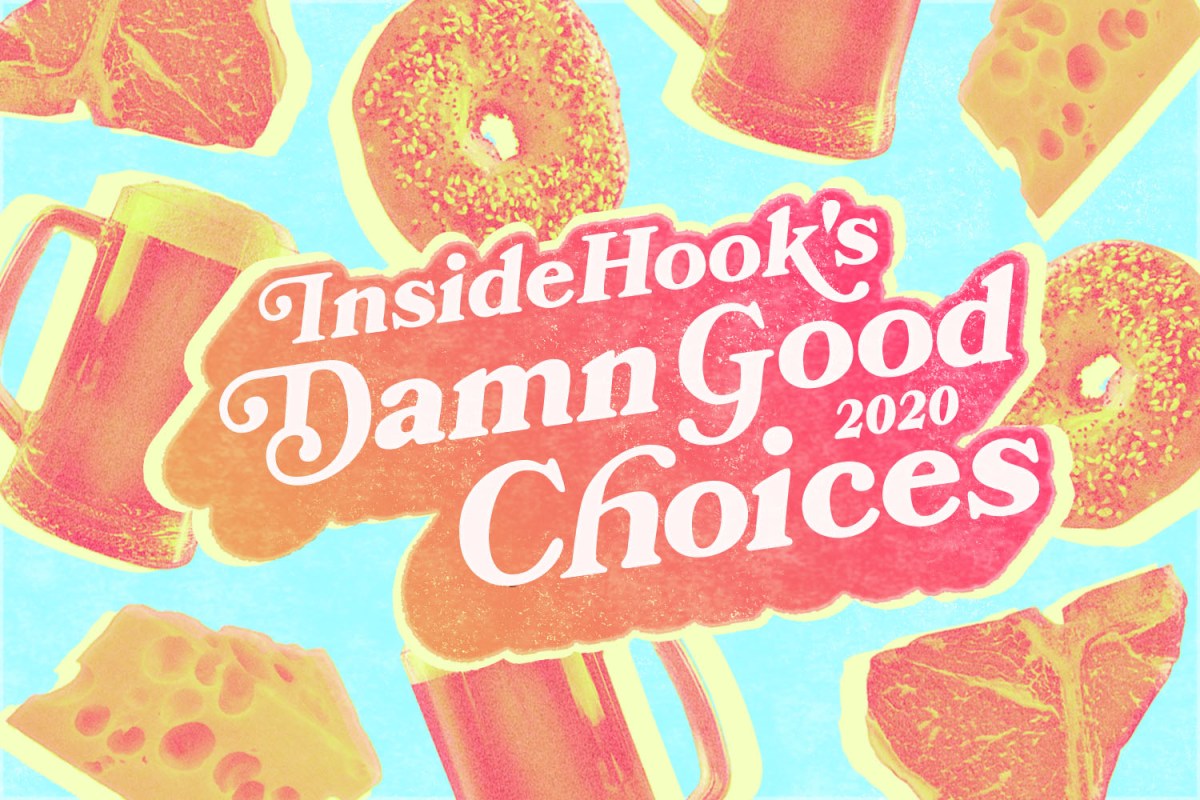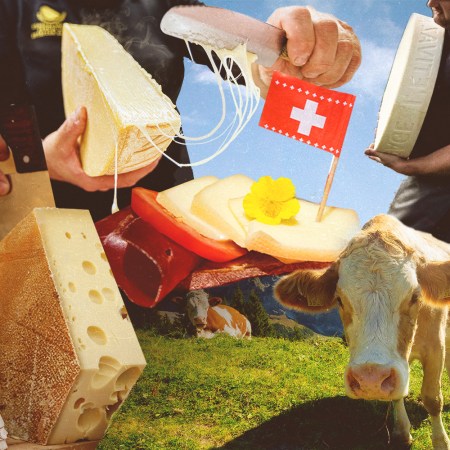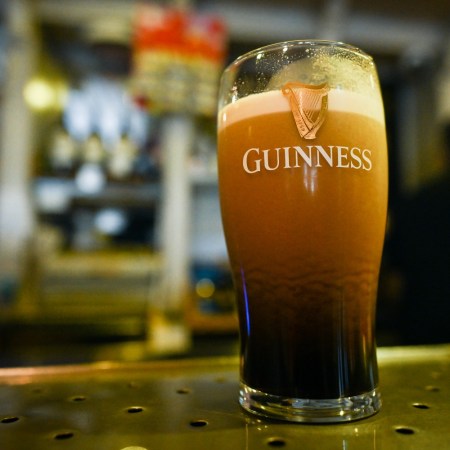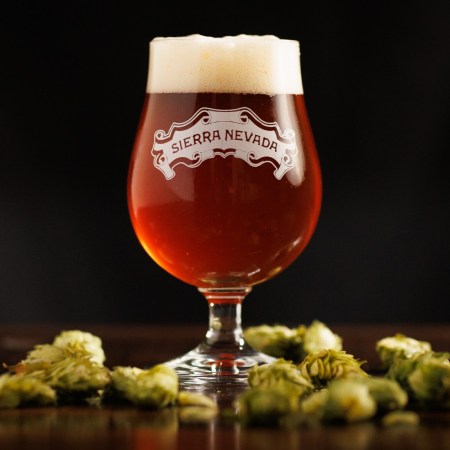It’s January, which means the internet is alight with commentary and advice on all the things you should be cutting out of your life (including from this county) in a quest to stay youthful and vigorous well into your twilight years.
This is not one of those articles.
Rather, we’re here to acknowledge that while your health is important, life is too short to spend it in fear of the unhealthy things that bring you unbridled joy. The key is enjoying those things in moderation, and when you do, taking pains to make what we call a Damn Good Choice.
What is a Damn Good Choice? We’re loath to say healthy, because the various vices and consumables listed below are, somewhat by design, unhealthy things. What it really means is that before you set about indulging in said vices, you consciously consider their negative effects, and do your best to mitigate them.
In some cases that will mean making choices that are better for your body, by virtue of having a better nutritional makeup. In other cases it will mean making choices that are better for the world, because of more sustainable production or distribution processes. In the best cases, it will mean both.
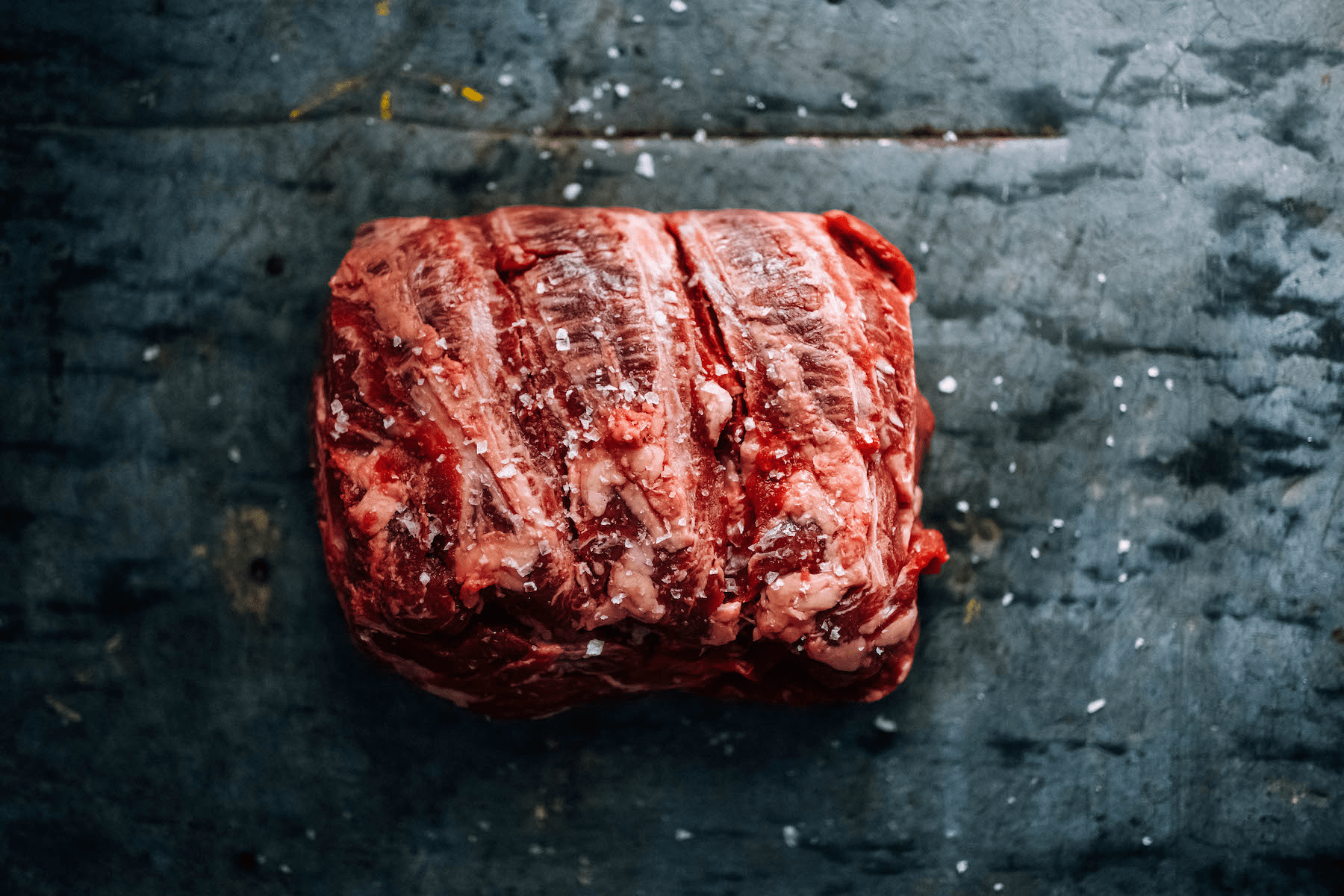
RED MEAT
What’s to worry about?
Risk of heart disease, cholesterol intake, massive greenhouse emissions
How do I mitigate those things?
- Read the label. The USDA labels cuts of beef based on their fat and cholesterol content. Always opt for cuts marked “lean” or “extra lean” and try to avoid those that are graded “Prime,” which tends to be fattier than beefs graded “Choice or “Select.” Sirloins and round roasts both tend to fit the bill.
- Mind the fat. Always trim excess fat off your steaks while prepping, and if you’re working with ground beef, you should drain the fat with a colander after cooking it.
- Know thy producer. Not all beef production is bad for the earth. In cases where ranchers use regenerative agricultural methods (essentially raising cattle on open pastures and never allowing them to overgraze the land), the practice can actually create a net emissions sink. Do research online or talk to your butcher to identify producers that emphasize sustainability (grass-fed cattle tend to be better than grain-fed, although neither is a rule on its own), and when possible, buy beef from cattle that have been raised locally — companies that ship high volumes of food over long distances should also be avoided.
The Damn Good Choice …
Support your local butcher, dude. But in lieu of knowing a good one who sources their meat responsibly, Whole Foods is incredibly transparent about their purveyors and tends to buy locally. And if you must buy online (or live in California), Belcampo is a paragon of pasture raising.

BEER
What’s to worry about?
Alcohol is super bad for you when consumed in excess, and beer is full of calories and carbs that will make you fat
How do I mitigate those things?
- Count your calories. Because of some very outdated legislative rules, alcohol is regulated by the ATF instead of the FDA, and thus not required to print nutritional facts on labels. That makes it really easy to drink five 200-calorie IPAs without a passing thought about what you’re putting into your body. The only solution is to do your research yourself, at home, to identify great beers that don’t pack a huge calorific punch.
- That doesn’t mean you need to drink Michelob Ultra. For a long time, the only “low-calorie” beers readily available at most bars and liquor stores were insipid “light beers” like Michelob Ultra, which tastes like garbage despite boasting only 95 calories per can. Luckily, a ton of American craft breweries have started to engineer low-calorie versions of much tastier beer styles in recent years, from lagers and sours to — yes — even some low-cal IPAs.
- Look for weird beer-magic ingredients. One way that some of these producers are yielding great-tasting beers at low calorie counts is by tricking your palate with atypical ingredients like monk fruit or chicory root — natural additives that can add body and balance flavor without boosting calories in the way adding more malt would.
The Damn Good Choice …
If you want a low-calorie beer that tastes like the high-calorie beer your taste buds would probably prefer to be drinking, seek out hazy pale ales that check in around the 100-calorie mark. One of the latest — and most impressive — entrants into the fray is WOWZA! from Deschutes Brewery in Bend, Oregon.
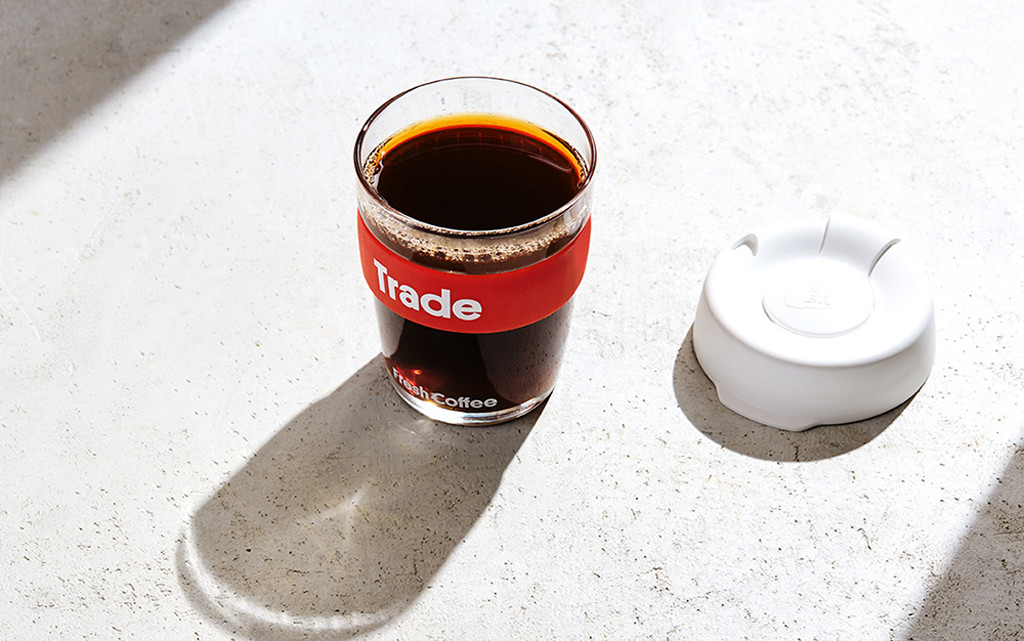
COFFEE
What’s to worry about?
While studies have suggested that coffee offers a ton of health benefits (lowered risk of diabetes, depression, Alzheimer’s and liver disease, among others), caffeine is still a stimulant that can cause anxiety, poor sleep and withdrawal symptoms like headaches and exhaustion.
How do I mitigate those things?
- Consider a lighter roast. The process of roasting coffee beans exposes them to oxidation, which can in turn remove some of the antioxidants in coffee beans.
- Buy organic, fair-trade coffee. Fair-trade means that your coffee is verified to have been sourced ethically. Organic means it wasn’t grown with the use of pesticides or additives. Double no-brainer.
- Brew with a filter. Brewing unfiltered coffee (like you do with a French press) means that you don’t remove a compound called cafestol, which can contribute to high cholesterol.
- Exercise moderation. OK, yeah, duh, this could apply to every item on this list. But with coffee, it’s good to have an idea of where, exactly, to draw the line so that you’re reaping the good effects without inviting the harmful ones in. Most studies suggest that anywhere from 2 to 5 cups per day is the sweet spot, with those who drink 6+ cups per day appearing to be at a higher risk of cardiovascular disease.
The Damn Good Choice …
We’re big fans of Trade, an online coffee vendor that “matches” its customers to their ideal beans (from one of 40+ of their partner roasters) via data science.
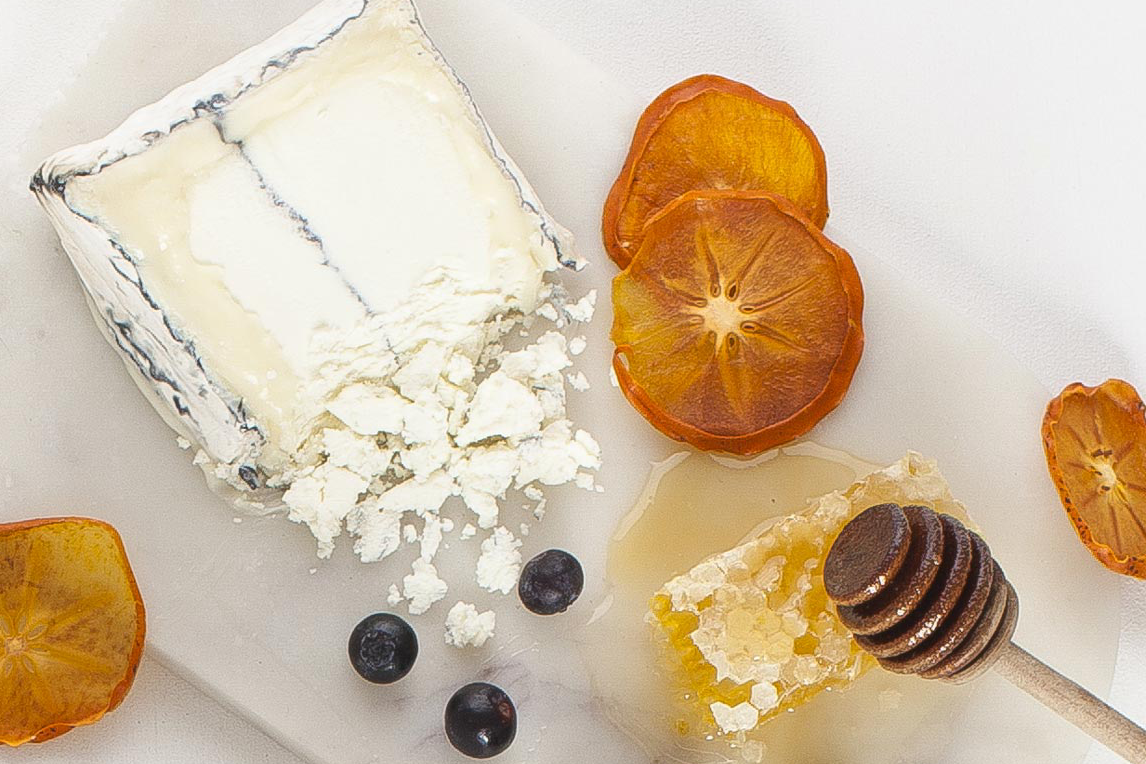
CHEESE
What’s to worry about?
High sodium and saturated fat, which can lead to obesity, diabetes and a host of other health problems
How do I mitigate those things?
- Soft cheese > hard cheese. While there are exceptions (think rich, high-fat cheeses like brie and camembert), as a general rule, soft cheeses like chèvre, feta and mozzarella tend to be lower in calories and saturated fats than hard cheeses like cheddar and Swiss.
- Look for raw milk. Raw-milk cheeses (like parmesan, which is required to be by Italian law) are made from unpasteurized milk, which preserves a number of healthy enzymes that make it far easier for your body to digest. This is especially true for people who have any aversion to dairy products.
- Leave cheese alone. The biggest issue with cheese is how Americans tend to eat it: piled on top of a bunch of other shit (looking at you pizza, burgers, sandwiches and nachos). A far healthier approach to cheese is to eat it more like the French tend to: on its own, in quantities under 40g per day.
The Damn Good Choice …
It’s hard to beat Humboldt Fog, a soft-ripened goat cheese from California that has 80 calories and fewer than 5g of saturated fat per serving while being transformatively delicious.

BREAD
What’s to worry about?
High carbs and low fiber make Jack a boy at risk for Type-2 diabetes, obesity and heart disease
How do I mitigate those things?
- Just say no to white bread. Sliced white bread, baguettes, most buns and rolls — all of these things have very simple ingredients (white flour, water, yeast, salt) that contain almost nothing in the way of nutritional value, which means you’ll load up on carbs without feeling even remotely full after eating them.
- Embrace sourdough. Breads made from fermented dough contain bacteria that can have huge benefits for your gastrointestinal and immune health.
- Eat your sprouts. Whole wheat and rye breads are made with nutrient-rich grains that are stripped out during the process of making white bread. Those grains constitute the sum total of nutritional value in bread, and that trait is further enhanced when the grains are “sprouted,” which means they’ve begun to germinate and are thus easier for the body to process and digest.
The Damn Good Choice …
If you’re wondering if “sprouted whole wheat sourdough” bread exists, you’re on the right track: both Trader Joe’s and Whole Foods sell versions of it. Better yet, try making it yourself.
Whether you’re looking to get into shape, or just get out of a funk, The Charge has got you covered. Sign up for our new wellness newsletter today.
